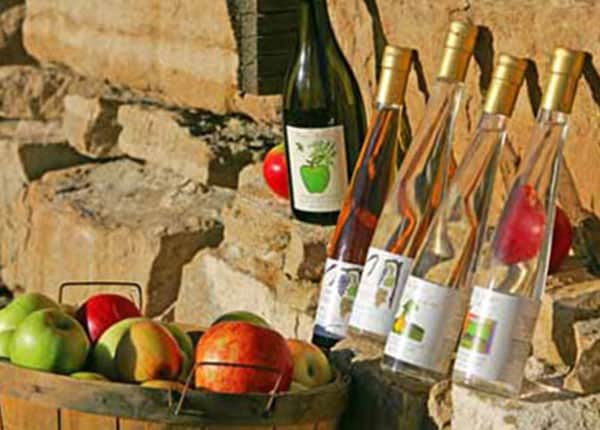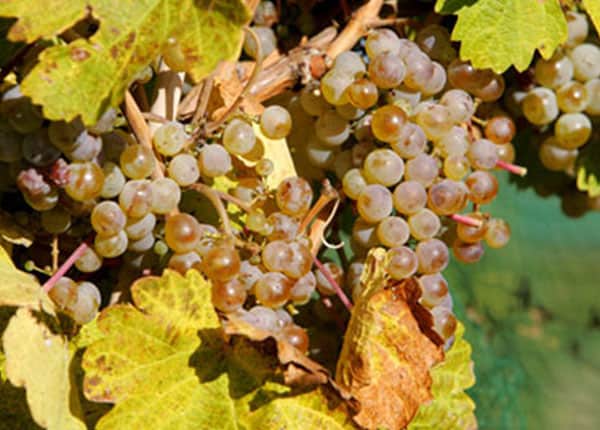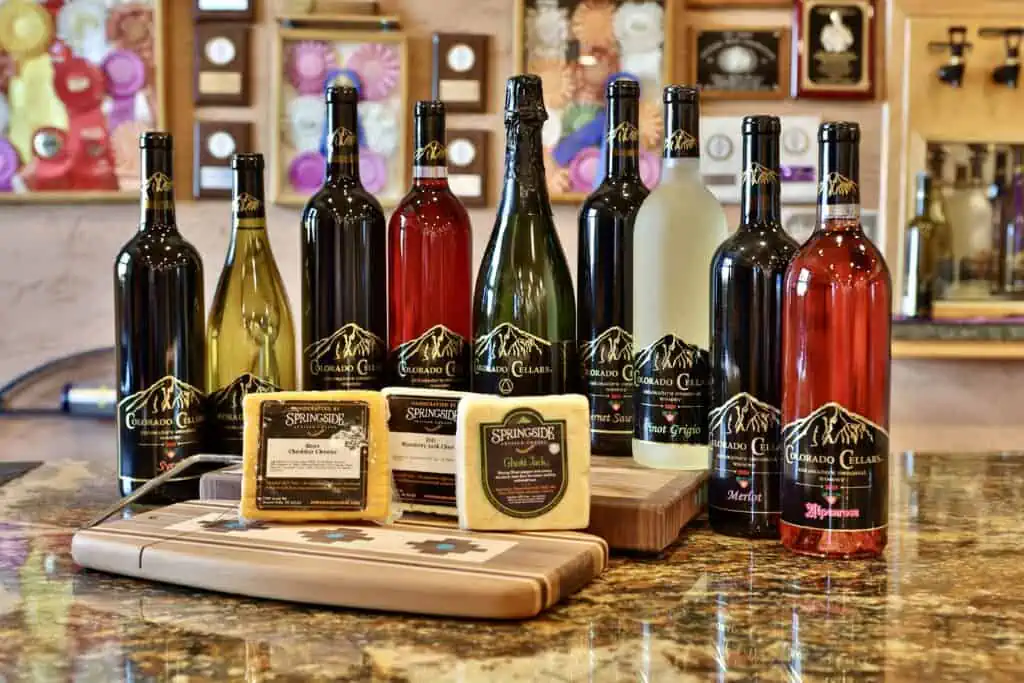BEAUTIFUL FRUIT: The Abundance of the North Fork Valley
Paonia, Hotchkiss, Cedaredge, and Eckert, Colorado orchards and vineyards—growing beautiful peaches, cherries, plums, pears, apples, and wine grapes
There’s nothing more enjoyable than biting into a fresh, flavorful, juicy peach and having juice dripping down your elbow; well, maybe that burst of flavor from a big handful of juicy cherries is just as good. It’s been said many times that no fruit in the world is quite so flavorful as the fruit grown in Western Colorado. It’s quite remarkable, really, that such beautiful produce can be grown in an area where you can leave the orchard and be hunting elk in the high country within a 10-minute drive.
The weather and climate in the North Fork Valley and Surface Creek communities of Paonia, Hotchkiss, Austin, Eckert, and Cedaredge is conducive to growing stone fruits such as apricots, peaches, and plums, certain varieties of wine grapes, and beautiful apples.

THE FRUIT-GROWING ZONE
A property’s ability to grow fruit has quite a lot to do with elevation. In Crawford, where I live, my neighbor has apple trees that produce beautiful fruit, and he has a big grapevine as well. However, at 6,400 feet in elevation, he gets frosted out from time to time. He can’t produce a consistent crop. Some of it has to do with the fact that we’re right up against the mountains, and the cold thermals come swirling off the mountainsides at night. Paonia, on the other hand, is at 5,900 feet, and just that few hundred feet of elevation seems to make a lot of difference. That’s not to say that Paonia growers don’t get frozen out during the spring blossoming period—it happens from time to time—but they manage to grow a fairly consistent crop.
If you go on down the valley to Hotchkiss, where there are many orchards, the elevation drops to around 5,600 feet. Eckert is likewise at 5,600 feet, with a nice sunny south-facing aspect, and Cedaredge is at 6,200 feet, though most of the Cedaredge fruit production consists of apples, which tolerate more cold than the stone fruits.
On some of the south-facing mesas above Cedaredge, there are established apple orchards at 7,000 feet, but these are some of the riskier areas to grow fruit. Generally speaking, a mild climate on a south-facing mesa will grow fruit at elevations up to 6,200-6,500 feet, depending on local thermal conditions and micro-climates. The canyons west of Delta, Colorado, have some excellent fruit production in the riverbottom flats at elevations as low as 4,800 feet. The fruit-growing zone extends all the way over to Palisade and Grand Junction, and there are a couple other spots in Colorado that are known for good fruit, such as Canon City.
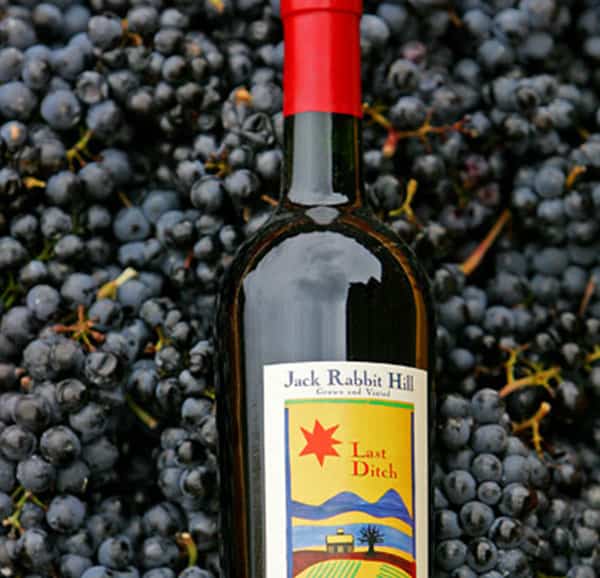
WESTERN COLORADO CLIMATE
If you carefully watch a weather map of western Colorado, you’ll note that when the fronts come in, there’s often a U-shaped trough in the weather pattern, denoting where the rain and snow comes in and blankets the Grand Mesa to the north, the West Elks and Elk Mountain ranges to the east (Aspen, Crested Butte, and Gunnison), and the San Juans to the south. Quite often, the North Fork Valley and the Surface Creek Valley escape the biting cold and snowfall of the areas surrounding the fruit-growing regions. The valley is known as the “banana belt”, and many of the outfitters, polo players, and horse enthusiasts of the Aspen and Crested Butte areas bring their horses over here to board for the winter in our grassy hay meadows with no snow cover. Usually here in Crawford it will drop to about -20 degrees for 4-5 nights during late December, and after that, a typical night-time low temperature might be 5 to 20 degrees above zero. On many balmy winter days, you can walk around in a long-sleeved shirt with no jacket, enjoying daytime temperatures up to 60 degrees.
During the summer, it gets cool at night—as low as 40 degrees—and hot during the days, up to 100 degrees. That makes for great fruit! Cool nights and warm days produces a rich sugar content in the fruit, making for very tasty peaches, pears, cherries, and apricots, for example, and flavorful wines.
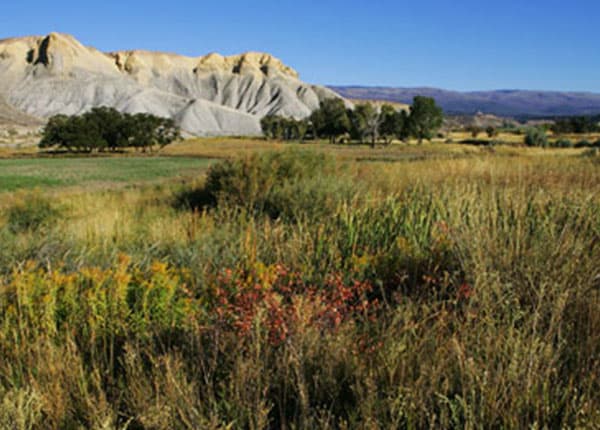
SOILS AND WATER
First things first. You’re not growing to grow fruit in Western Colorado without an adequate supply of irrigation water. From time to time I’ll get phone calls from excited buyers who have found what they perceive to be a great property to grow grapes or fruit—and I’ll explain to them that it is a dryland parcel with no irrigation water, and that’s why it’s for sale at such a cheap price. The water that irrigates Colorado orchards and vineyards comes from winter snowpack, and is delivered from rushing mountain streams via a network of irrigation ditches, canals, and storage reservoirs. Colorado water law works on the doctrine of prior appropriation, and it can be complex and confusing, but just keep in mind that a good broker and water attorney can help you evaluate the water rights on a particular parcel and whether or not they’ll be adequate for a fruit orchard or vineyard.
Soils in the North Fork and Surface Creek valleys are typically clay-based soils from the Dakota Sandstone and Mancos Shale that is the dominant geologic formation in the region. However, the Grand Mesa is composed of a cap of volcanic lava that poured out of the eruption of a long-dormant volcano, and it’s common to see large lava boulders intermixed in the subsoils and topsoils in the fruit-growing areas. This volcanic content provides an interesting soil mixture that gives good nutrition and a lot of flavor to our local fruits. Combined with the
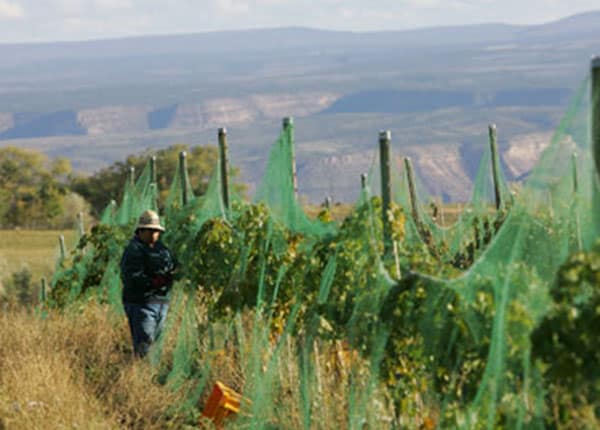
GRAPES AND VINEYARDS
The wine industry in Western Colorado is an up-and-coming business that requires careful investigation before embarking on the significant expense of establishing a vineyard. First, a property has to be identified that is in a good fruit-growing zone, with a milder-than-normal climate. Grapes can be fickle to grow, and would-be vintners must carefully investigate the varieties that they plan to plant. Red grapes are more fragile than white grapes, and those vintners planning to craft red wines should be very careful about where and what they plant. If you think about it, France is known for its red wines while Germany is known for its white wines, and that’s simply because the cooler climate in Germany won’t support much red grape production. The same holds for areas in Colorado, although some growers are working with hardy varieties of Pinot Noir grapes from Oregon to overcome the challenges of a higher-elevation climate.
That being said, there are about a dozen wineries or vineyards in the North Fork and Surface Creek valleys, and they’re almost all successful in producing nice red wines.
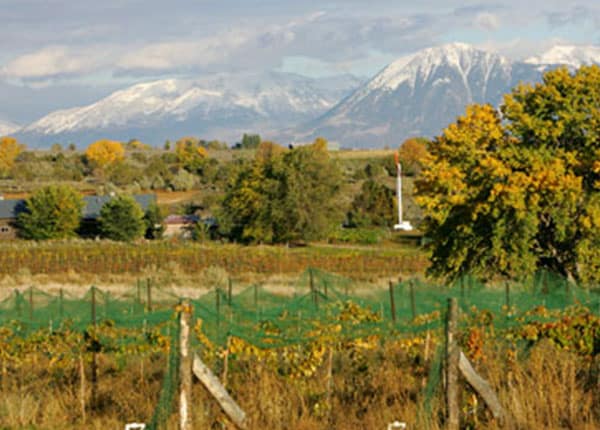
THE BOTTOM LINE
The North Fork Valley is known for its orchards and now its vineyards, but the fruit industry has deteriorated to some extent, as properties became more valuable, subdivided, and the fruit packing sheds closed up here and there.
There’s a new vitality to the industry, however, as a new generation of growers has taken over some of the old productive orchards, planting new varieties of fruit such as gala and fuji apples and tearing out the old orchards of red delicious and other pedestrian varieties. The organic sensibility has taken strong root in the North Fork and Surface Creek valleys, and many organic growers are finding strong interest in their locally-grown products, particularly in ski towns such as Aspen, Glenwood Springs, Telluride, and Crested Butte. A new dynamic of microbiotic natural organic foods is taking place, and this is good news for the outstanding array of natural resources that have blessed the western Colorado fruit industry, known for producing some of the most beautiful fruit in the world.
